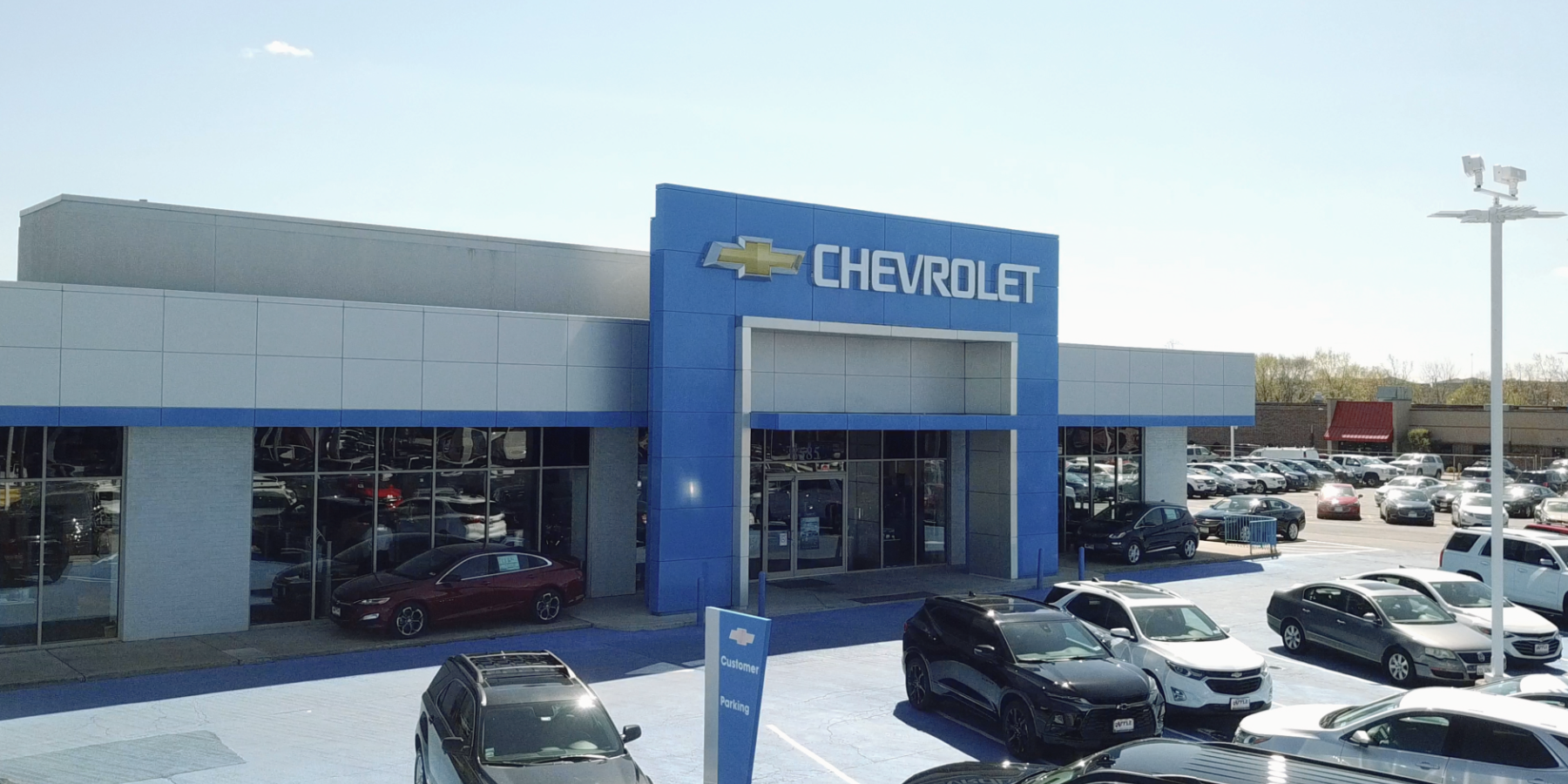Pet safety – Buckle Up!
Why Buckle?
For decades, seat belts have been protecting families throughout the world from a baby in a car seat, a trucker on the road or a passenger in a car. As part of an overall occupant restraint system, seat belts are intended to reduce injuries by stopping the wearer from hitting hard interior elements of the vehicle or other passengers (the so-called second impact) and by preventing the passenger from being thrown from the vehicle.
Quote from NHTSA “Wearing your seat belt costs you nothing,” said Nicole Nason, Administrator, National Highway Traffic Safety Administration. “But the cost for not wearing one certainly will. So, don’t risk it with a ticket or worse, your life. Please remember to buckle up day and night.”
Research has shown that lap/shoulder belts, when used properly, reduce the risk of fatal injury to front-seat passenger car occupants by 45 percent and the risk of moderate to critical injury by 50 percent. For light truck occupants, safety belts reduce the risk of fatal injury by 60 percent and moderate-to-critical injury by 65 percent.
In 1955 Ford offered lap only seat belts in the rear seats as an option within the Lifeguard safety package. In 1967 Volvo started to install lap belts in the rear seats. In 1972 Volvo upgraded the rear seat belts to a three point belt.
It has been stated that in crashes, unbelted rear passengers increase nearly fivefold the risk of death for belted front passengers.
BUT what about our pets.
Bark Buckle UP campaign educates pet parents on how to put on and take off safety pet belts and the importance of securing their pet safely for travel.
While most of us, spurred by safety concerns and government regulations, wear seat belts as a matter of course, we don’t always think about restraining our dogs when they’re our passengers. But going without a restraint poses dangers to dogs and drivers alike. In the event of a sudden stop or accident, a dog can become a flying projectile that can injure you, your passengers or be thrown through the windshield. Accidents do happen everyday.
In an accident, an unrestrained animal is dangerous to the human passengers as well. Even in an accident of only 30 mph, a 15-pound child can cause an impact of more than 675 pounds. A 60-pound dog can cause an impact of 2,700 pounds, slamming into a car seat, a windshield, or another passenger. Even if the animal survives, it can impede the progress of rescue workers for whom every moment is precious.
Unrestrained pets can also distract the driver, and cause an accident. Even pets that are normally well behaved could be frightened by something unusual and dive for the driver’s feet or lap. Following a car accident, an unrestrained pet could escape and be hit by another vehicle or cause another collision. A frightened dog may attack strangers who are trying to help.
Bark Buckle UP utilized the Travel Safety Evaluation Booklet used by police agencies nationwide and concluded that 98% of pets do not travel properly restrained, which means that only 2% of pets travel safe in vehicles. Bark Buckle UP the pet safety national awareness program works with Police and Fire Chiefs nationwide to communicate to the public the necessities of, “Why Buckle” for your pets safety, passengers, driver and our first responders.

